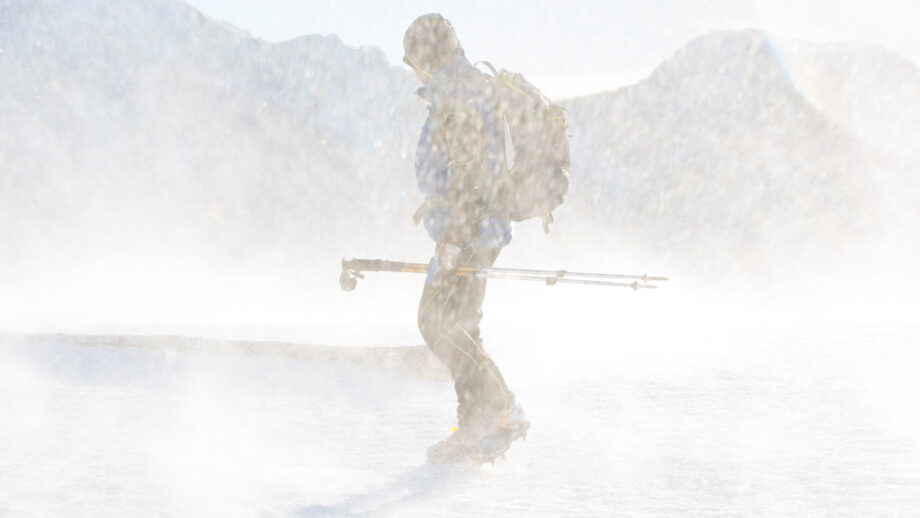Snow is one of nature’s amazing products that can actually be used to insulate your body from the cold. It seems counter-intuitive that a substance that can’t be made without freezing temperatures would help keep you warm, but having this piece of information could very well save your life. Here’s our guide on how to build a survival snow shelter.
Knowing how to build a snow shelter doesn’t just have to be for emergency purposes only, in fact, practicing creating and occupying one will make you better prepared for an instance that may require one.
The first consideration when building a shelter involves location. A wide open area that has plenty of snow available to build the shelter with is vital. Choosing an area that is as level as possible is a key factor. A very important aspect of location is making sure that the structure will not be in the path of a possible avalanche.

Now comes the physical part: building your shelter. You will want to gather up a large pile of snow and pack it down as firmly as you can. The activity of working with the snow will create some heat, which results in some melting. After you’ve packed the snow, let it stand for a while to allow the cold air to “set” it firmly.
This is where you will start to shape your shelter. Dig a tunnel into the mound, with an opening just large enough to get your body through. Once you’ve created a tunnel leading into your shelter, you can then start to shovel out snow to create the larger area that will serve as your living area. Make sure it is tall enough for you to sit up comfortably in, and long enough to accommodate your entire body laying down.

Once you’ve hollowed out the space of your snow shelter, it is crucial that you create an air hole in the ceiling. It doesn’t have to be a large hole, but it is necessary to allow oxygen in. Although you are out in the open, the density of your shelter and its relatively compact size can lead to suffocation without proper air flow.
Using debris like leaves, fallen pine needles, and branches with needles intact can serve as an insulation between your body and the snow floor. Creating that layer is important in order for you to retain body heat, much of which would be lost by coming into direct contact with the frozen ground.
While survival snow shelter are essential for making it through those long winter nights, there a few other tips for the optimal winter hiking experience: How to Build a Fire in Snow, 3 Great Forms of Exercise in the Snow and How to Survive a Snowstorm in the Outdoors.
Featured Image from Alessio Soggetti/Unsplash




